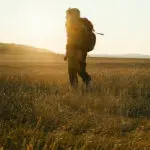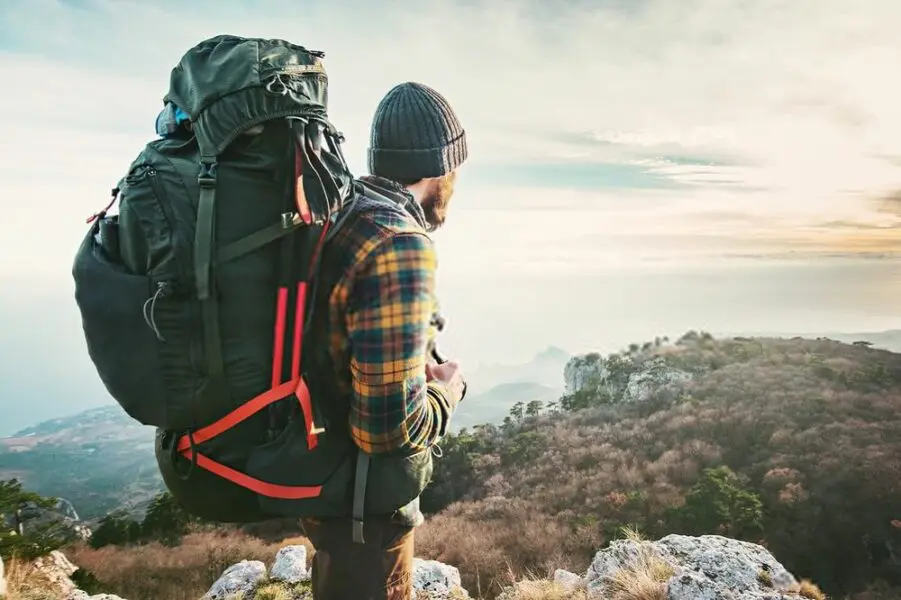The INCH Bag, unfortunately, isn’t as small as an inch, no matter how much we would like it to be. INCH stands for “I’m Never Coming Home,” and the bag is exactly that – a serious set of tools and instruments to assist a group of people in surviving in the wilderness, should the situation occur. Don’t be scared of being prepared, not being able to see your home could be just temporary.
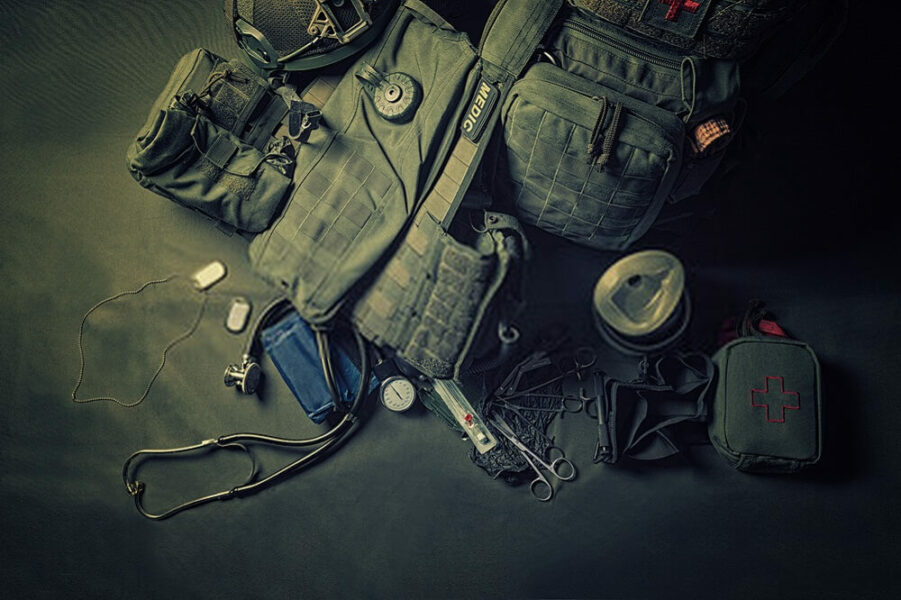
However, the INCH bag prepares you for the worst of emergencies, which none of us even wants to imagine. The facts are you don’t know what kind of natural disaster might happen in your area that would force you to survive outside of your comfort zone.
INCH Bags are bigger bug-out bags, as they hold many survival tools and necessities. If you are one of those who have never thought about the scenario where you might have to leave your home, now is the time to do so. We’re here to show you everything you need to know about creating the best INCH bag for ultimate preparedness. We will go through all the key points we found most important after researching INCH bags in depth.
Choosing Your “I’m never coming home” Bag
Many people believe that the best way to prepare is to buy an INCH bag that has been previously prepared. And while that may seem like a great plan, many things must be considered to achieve ultimate comfort in stressful times. There are many prepped bags out there that you might want to buy; however, there might not be the best option for you and your family.
Furthermore, some of those bags might look nice but then turn out to be filled with lower-quality materials, and while that may be cheap, it’s definitely not safe.
Here are the things you need to consider when choosing yours:
Weight
As you can probably imagine, it comes with a wide variety of essentials; therefore, they don’t tend to be the lightest of luggage. Therefore, there is a safety measure every survivalist must keep in mind when filling their backpack. You will be carrying this bag on your shoulders for an indefinite amount of time, and that’s why you need to take care when choosing the size and weight of the backpack.
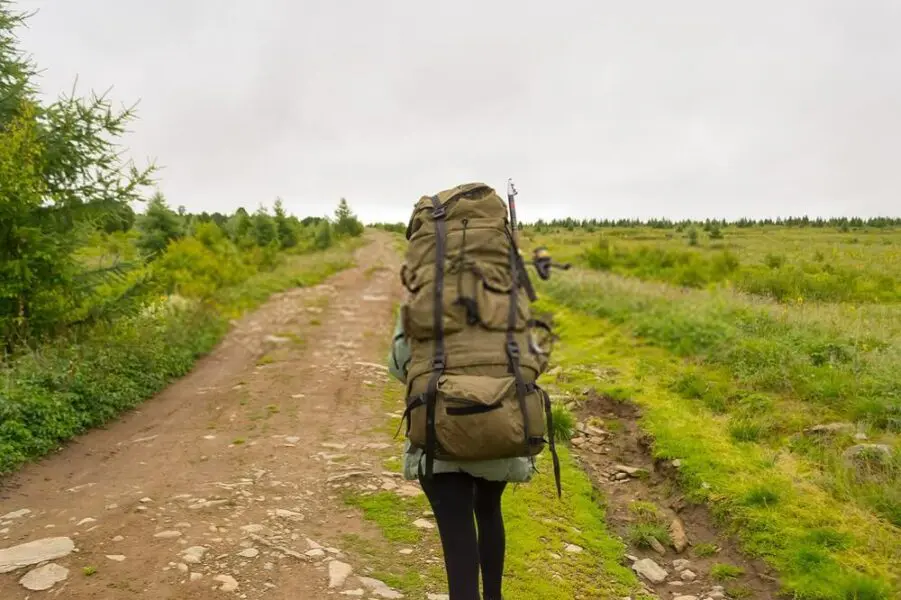
Don’t jump for one that might be too big for you. Always aim for a backpack that weighs no more than 25% of your body weight, as it might turn out to be heavier than you can manage.
Bah quality
Surely when you think of survival, you don’t imagine low-quality, cheap products that probably aren’t able to endure in all environments. We’re talking about some serious preparedness that calls for more serious measures. So, if you’re hopping on buying a cheaper backpack, we suggest you consider second-hand quality backpacks rather than new, dissatisfactory ones.
Don’t dismiss the need for a waterproof backpack, as it is vital for the survival of the necessities you will be carrying. You should be prepared for any environment and be open-minded.
Support
Considering the above points of the importance of taking extra care with I’m never coming home bags, a point comes to mind, and it’s exactly – Does your backpack have enough support to make your load easy enough to carry? A simple backpack won’t do. You need something that was created for emergencies and has tailored support to assist you.
Your back will need help to carry the load, for example, a good choice would be a bag that has external frames which help the back stay straight and carry weight evenly.
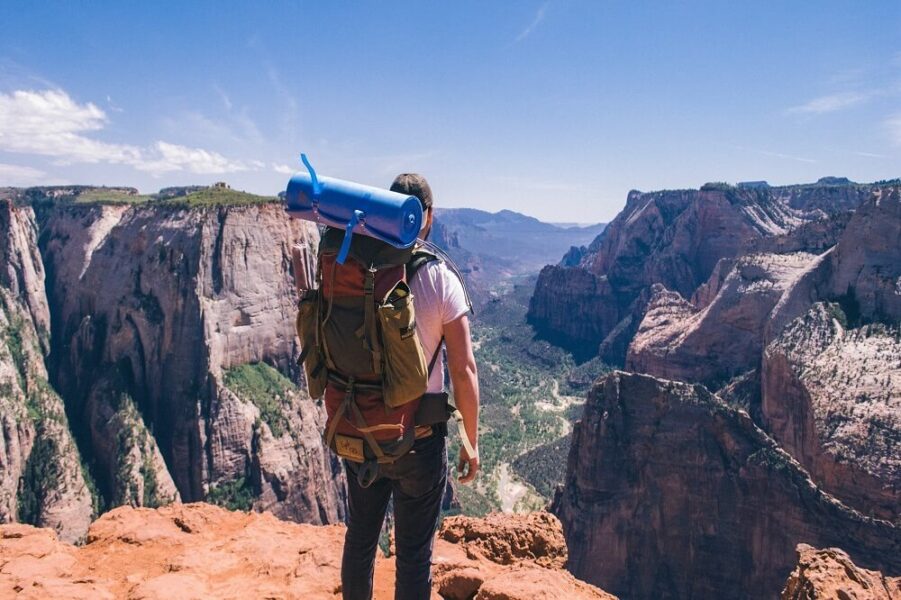
That means the weight won’t simply be focused on your shoulders but your hips as well. Furthermore, the straps of the backpack should be padded, and for extra safety, a belt is advisable. All of these additions would help you keep your energy throughout a day of walking or hiking and ensure your body doesn’t burn out quickly.
Compartments
Surely a good bag needs to have enough pockets and compartments to fit the variety of necessities you will be carrying with you. Still, don’t buy a bag with too much space, which you won’t be able to fill, for example, because it would be too heavy for you to carry. On the other side, however, keep in mind the diverse materials that would need to have separate spacing for easy reach whenever you need them.

If you have only one big pocket and a couple of smaller ones, it might lead to the jumbling up of materials which would later create additional trouble in finding them. Preparedness includes organization, if this is a skill you’re not famous with, don’t worry, we all learn every day.
Camouflage
Nobody is saying you will be going into hiding. However, ultimate preparedness doesn’t dismiss a situation because of the improbability of it occurring. Ultimate preparedness considers any situation that might occur, and that’s why we believe the color of the rucksack is equally as important. If you buy a brightly colored backpack that makes you an easy target, therefore you would be easily spotted.
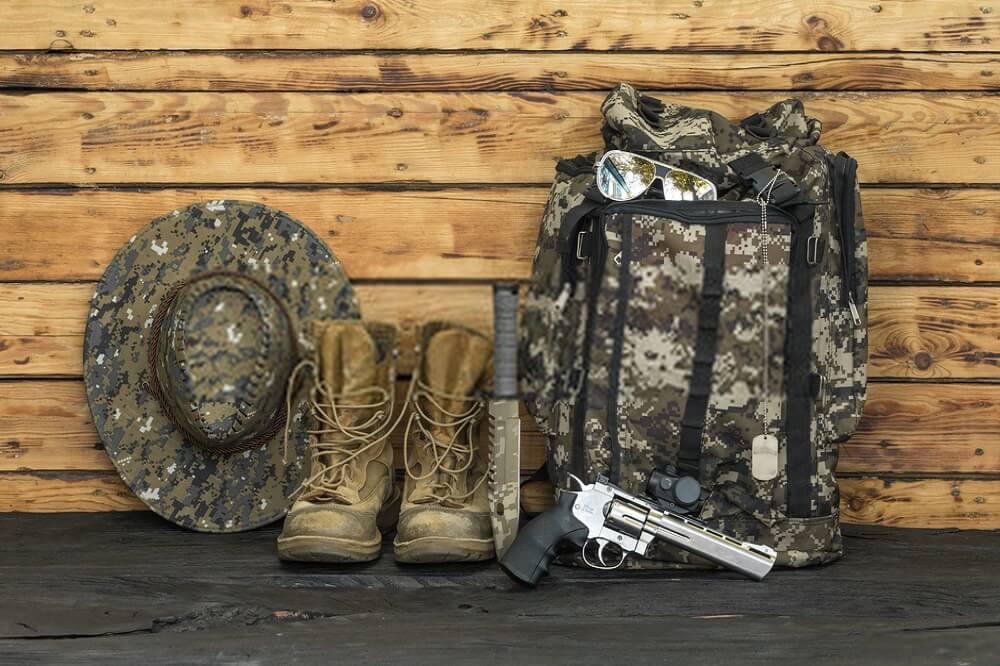
Thus, we would advise you to pick a color that is more suited for survival in the wilderness – green, brown, or black. After all, you aren’t preparing yourself for a fashion show, plus there is something extremely interesting about simple colors.
Contents
You’re probably asking yourself, “Okay, what is in an INCH bag?” And we’re here to answer your question, it might seem confusing now, but you won’t be feeling lost soon enough. We have to say that when you’re bringing your INCH Bag together, you should be focusing on the basic survival gear a person might need to survive in the wilderness.
We all love luxury items, and we all have things that we don’t want to leave behind. However, there are things much more important such as staying alive. If you have previously read an article or two about what you need to survive, you already have a pretty good idea; however, we have broken down the categories of survival necessities for the human body.
Breathing Clean Air
This seems pretty obvious; however, we tend to forget the importance of air when we have easy access to it. Unless you have experienced breathing problems in the past, you probably haven’t fully acknowledged how essential air is for your survival. Don’t worry, we’ve been there too. A couple of essentials that we believe should be a part of your INCH bag are:
• Gas Mask – The gas mask will assist you if toxicity comes your way. With it, you can ensure clean air is entering your lungs.
• Surgical Masks – A few surgical masks are a great asset to have, they could be used in a variety of situations.
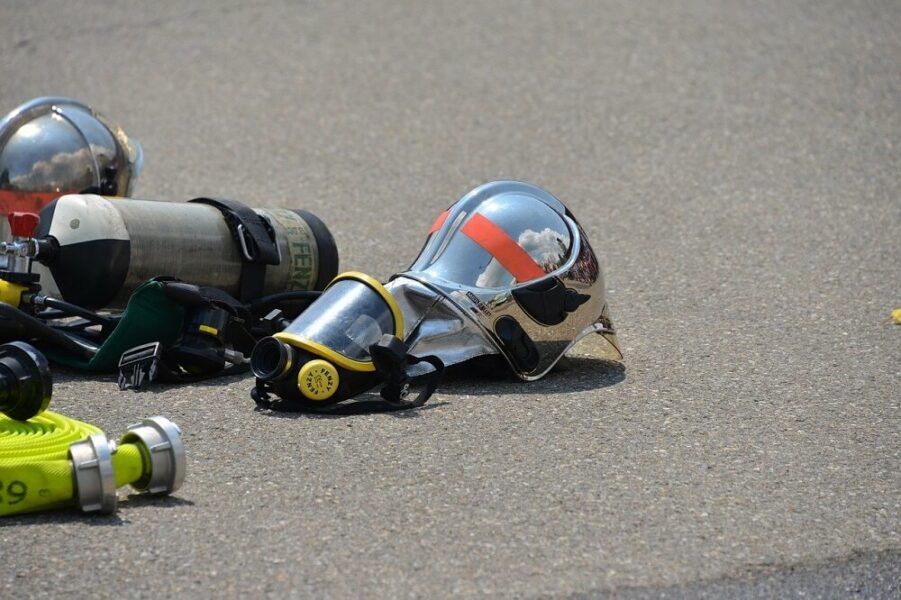
- Oxygen Bottle – There are several sizes of oxygen bottles on the market, so depending on your location and bag weight, consider adding an oxygen bottle to your load, it could save your life. WATER The second most important necessity for the human body’s survival is exactly water. Your body can survive a limited amount of time without water, and dehydration is certainly nobody’s best friend. Lacking water could lead to hallucinations, and it’s definitely not a great experience. You should consider preparing an amount of water that is ready to drink when prepping your INCH bag. Here are the tools that would help you survive after you have no access to drinking water.
- Water Ready-To-Drink – As we said, a couple of liters of water won’t do you any harm
- Water Purification Tablets – They are your best friend in making dirty water drinkable. You might not be keen on the idea; however, it could easily save your life.
- Water Bottle – A durable water bottle is a must, you don’t want anything that could be easily torn or pierced through. Think about the weight of the bag when choosing the bottle’s size.
- Water Filter – A water filter should be suitable for your choice of water bottle. It would make your life easier when searching for water to drink.
- Iodine Drops – We always advise getting some iodine drops, as they kill the unnecessary bacteria that live in some environments and make water suitable for drinking.
Finding Shelter
Believe it or not, shelter is an incredibly important part of surviving. Should you not be prepared enough, you could be met with a hostile environment that isn’t suitable for you to sleep or rest. There are so many surprises in the wilderness we people don’t expect when we live in the cities with all the buildings and houses. Here are a few things that would make your quest to provide shelter for you and your family much easier.
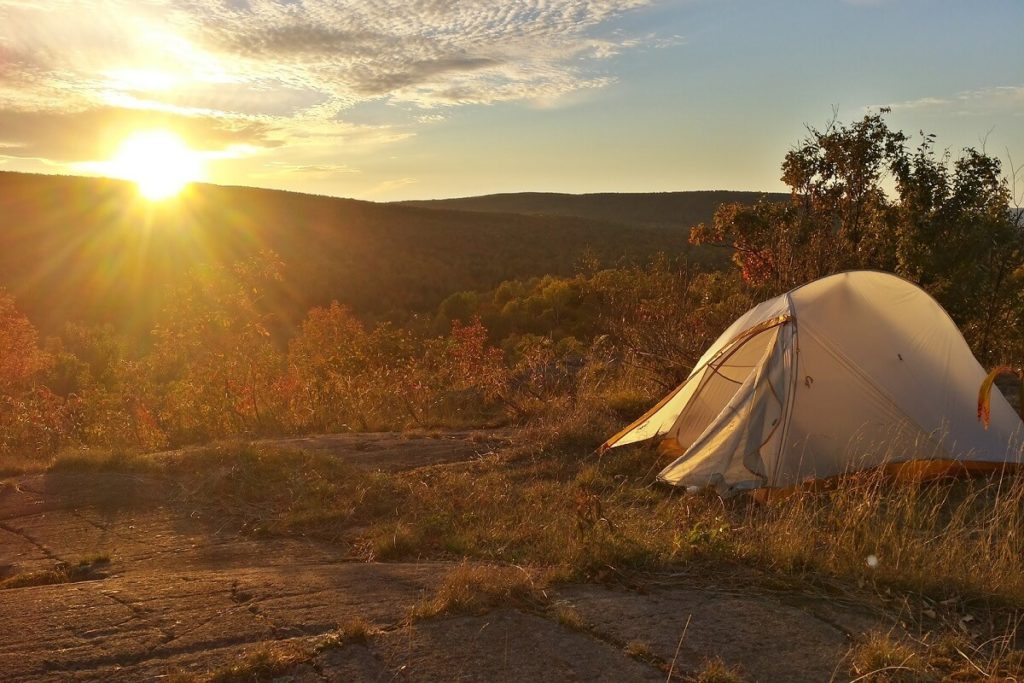
- Emergency Blanket – It’s essential to keep your body as warm as possible when outside.
- Sleeping Bag – Depending on the number of people, provide the amount of sleeping bags necessary to fit everyone in your family. If the bag is strong, it can endure many environments.
- Tent – A small tent is an advisable asset unless you’re planning to build a little wooden hut. Once again, consider the quality of the product before buying, as you wouldn’t want to be disappointed at the wrong time.
- Tarp – Some amount of tarp is always advisable as it can be used in a variety of ways, considering shelter. It could give your tent an extra layer or protect you from the wind if you’re in a cave, for example.
- Hatchet / Axe– This is for the people who like being creative and wouldn’t mind building their own shelter. It would assist you effectively when having to chop or trim wood.
- Shovel – You might have to dig holes when building a shelter, and a small survival shovel is a must for an ultimate INCH Bag.
Food
We all love food, no matter if you are vegetarian, vegan, or carnivorous, you most likely have a couple of favorite dishes to die for. Now, when you think of survival, home-cooked meals don‘t cross your mind, it‘s true. However, if you have all the right tools, you could feed your body with good, sourced from nature, possibly cooked, delicious food. After all, everything we eat comes from the nature surrounding us. So make sure you can recognize everything suitable and dismiss anything that could be poisonous. Here are a few things that would be great assets to your never coming home bag.
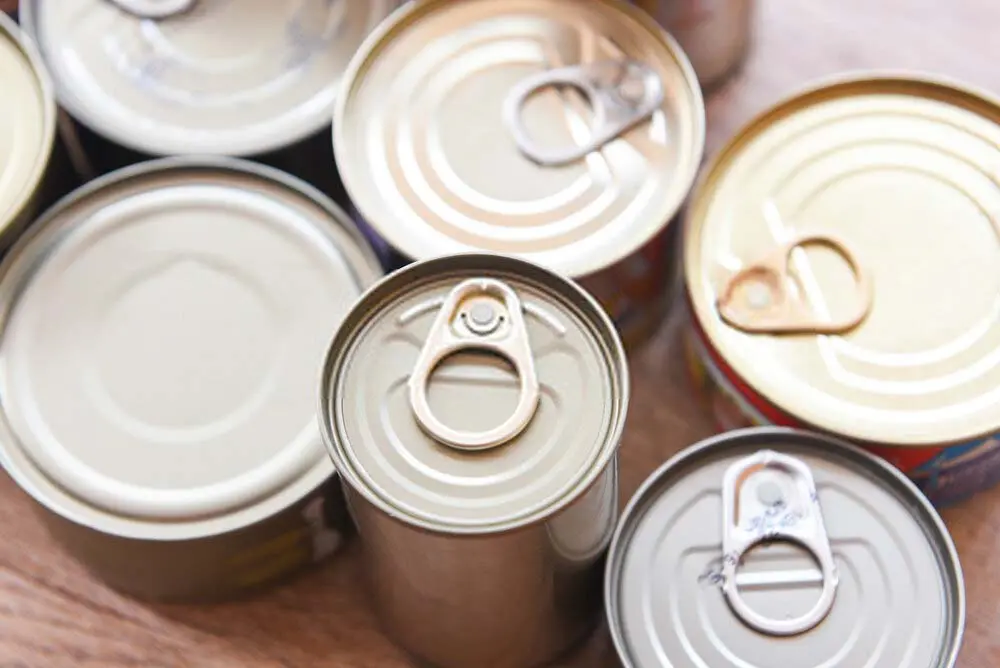
- A pot – A one-liter pot would help you in a number of ways, including cooking.
- Utensils – You could make utensils from cans and wood, but you could also grab a set of metal or wooden utensils.
- Ready-To-Eat Meals – Don‘t overstock your bag with them as you are planning long-term survival, and they are bulky.
- Food – Rice, Protein Bars, Oatmeal, Dried Milk, Dried Fruits and Vegetables, Nuts, Stock Cubes, Coffee and Tea, Sugar, Chocolate.
- Kettle – If you have something to supply electricity with, a kettle could be a good friend that saves you a lot of time.
- Knife – A survival knife that cuts well enough is a very important addition to your cooking set.
- Scissors – They would be helping you supply certain herbs and plants and even fruits and vegetables suitable for consumption.
- Portable Stove – A compact portable stove is unnecessary, but some people like to have the option.
Fire And Heat
At any point in time, you could need fire assistance for various reasons – boiling water, cooking, warmth, disinfection, and light. This means that you would need to put in a couple of essential tools. Be aware that children cannot handle fire unless you teach them properly. Furthermore, you need to have a very good idea of how to handle fire to survive in the wilderness.
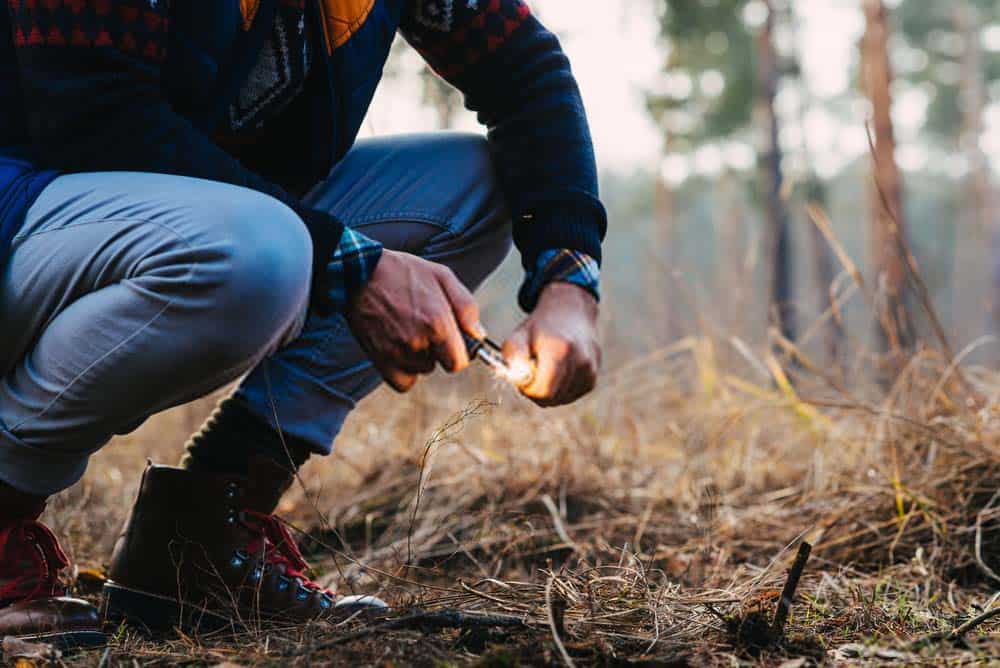
So, if you aren’t yet confident in this skill, take the time to get well acquainted with it. Here are some tools we believe are a necessary addition to your INCH bag.
- Matches – A few one-time boxes wouldn’t take too much space, and they’re a good option to have.
- Lighters – There are a variety of good quality lighters for survival, so don’t go for the $ version.
- Ferro rod – A couple of these would give you peace on the journey if you know how to use them properly.
- Tinder Grate – They are reliable and easy to work with and don’t take up an amount of space.
- Bow drill – you can use one to start a fire in almost any situation
First Aid
When it comes to First Aid, you have a couple of options – you can either create your own, or you can buy a first aid kit. However, remember you won’t be able to go for a huge preparedness first aid kit, as it would create an extra load, which isn’t comfortable. That’s we advise you on a small to a medium compact kit, which has everything you need for emergencies.
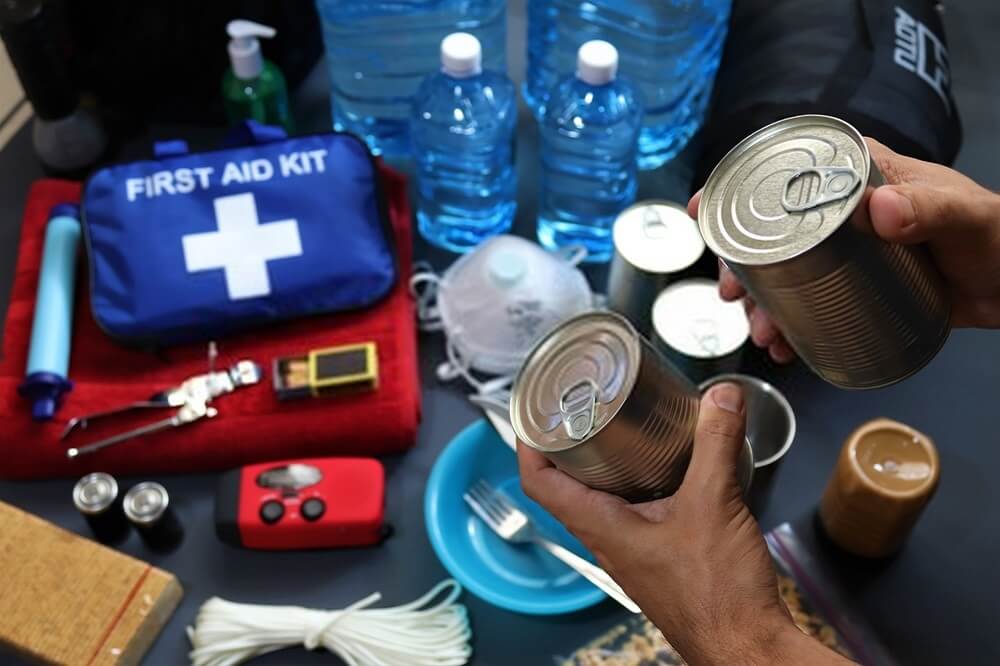
If you don’t have any medical experience, there are medical instruments that won’t be appropriate for you to use. If you want to be prepared, you can take a course to learn everything you need to know about wound treatment. Whatever you choose to do, buy a kit or make one, here are the essentials it needs to include.
- Bandages – Different Sizes and Forms
- Band-Aids
- Antiseptic Wipes and Liquid
- Antibiotics
- Fever Relief – Tablets and Throat Spray
- Gauze Pads and Cotton Balls
- Nitril Gloves
- Butterfly Sutures
- Tourniquet
- Iodine
- Sunscreen
- Bite Relief Cream
- Multivitamins
- Safety Pins
- Tweezers
- Scissors
- Whistle
- First Aid Manual
- SAM Splint
- Burn Relief Cream
Light And Power
You’re not going to be in the city (probably), so you would have to rely on the sun and the moon. Interestingly, once you’re not surrounded by city lights, you realize the power of the moon’s light, it can guide you through the night. However, as we are being ultimately prepared and there are places where the moon cannot reach, there are a few things that must be part of the content.
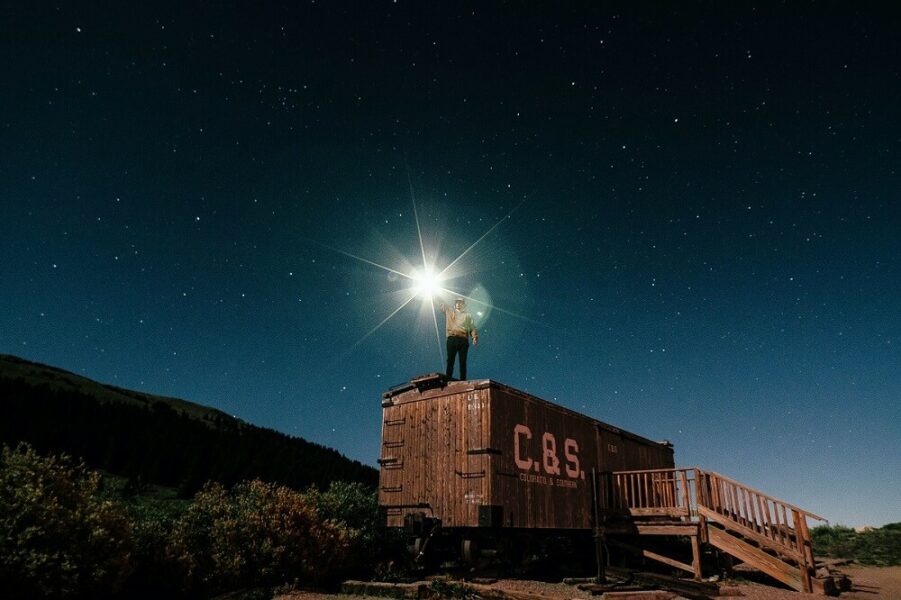
Furthermore, you will probably have some tools requiring power and electricity. Here are a few things we think would be useful.
- Batteries – Don’t overstock, as some of your tools can rely on solar energy.
- Flashlight – A good-quality flashlight is a must for your INCH bag.
- Solar Lantern – As we are eco-friendly and, at some point, your batteries will run out, we advise stocking your bag with a pocket solar lantern.
- Solar Lamp – Once again, you cannot forever rely on batteries.
- Solar Charger – You could interestingly buy a solar charger that has a rechargeable battery unit to suit your needs.
- Stove – Consider looking for a stove that could source its power from nature.
- Light Sticks – A couple of light sticks don’t affect the weight or space of your INCH bag.
- Candles – there are windproof survival candles that can work in almost any situation
Hunting
If you are a person who likes to hunt or doesn’t despise the idea of hunting, you should definitely stock your never coming bag with a couple of hunting essentials. If you don’t have prior knowledge, do some research on the topic so that you aren’t left with a bunch of tools that you don’t know how to use.

Once you buy some hunting gear, you won’t have to worry about staying hungry in the wilderness. You should also get to know your surrounding areas and find out what kind of food grows around you and what kind of animals you have as neighbors. The easiest thing to do is find a water source for fishing.
Let’s look at the hunting tools to fit inside your INCH bag.
- Foldable Pocket Knife – This knife wouldn’t only help you hunt, it could assist you in various ways. Don’t go for a cheap version, as it wouldn’t do you any work.
- Fishing Gear – There are several small fishing rods on the market, and you can get all you need without worrying about size and weight. (Fishing Rod and Reel, Fishing Line, Hooks, Lures, Bait, etc.)
- Bow and Arrow – If you’re a fan of the bow, you could get a compact bow to accompany you on the journey.
- Traps and Snares – Learning how to set traps could be your best friend.
- Slingshot – It would give you an alternative way of hunting that
- Survival Gun – A small gun could help you hunt and defend yourself if necessary.
- Cotton Bag – A bag to carry any food you find on the way, such as herbs, roots, and plants.
Personal Hygiene
Even Tarzan has a personal hygiene process; however, he doesn’t always care for smelling good. Some of us, however, could be clean freaks at times, and having a few personal hygiene items doesn’t hurt, and it assists in staying sane. Remember that you aren’t going on holiday and nature is your friend, so it will provide you with everything you need to feel good. Here are a couple of things to keep your mind calm.
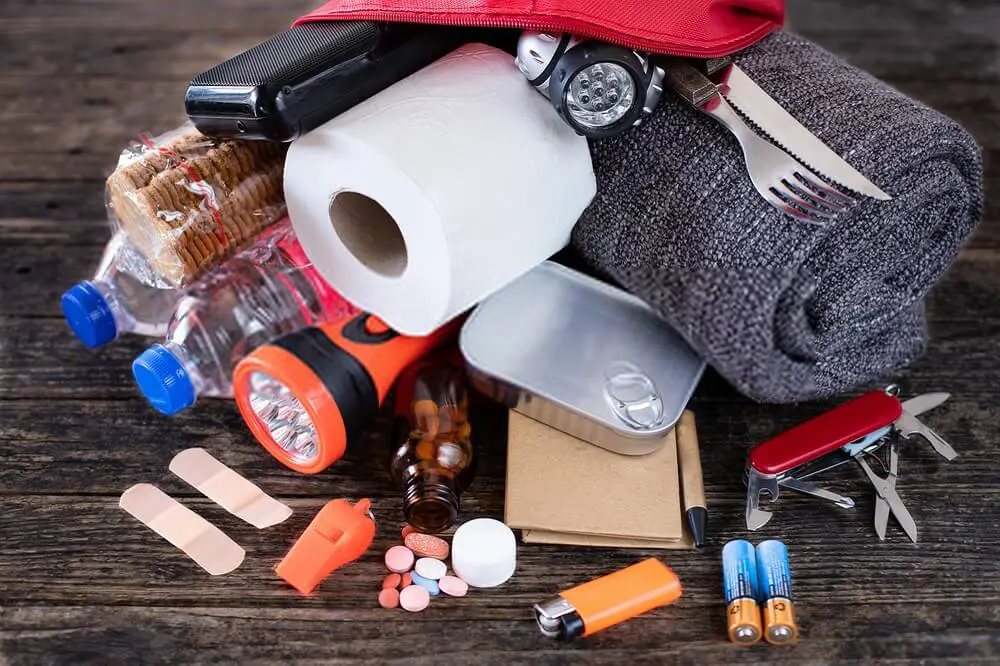
- Toilet Paper – Funnily enough, we think you should grab a couple of rolls.
- Foldable Toothbrush – For ultimate dental hygiene on the go.
- Toothpaste – Go for the eco-friendly toothpaste as you wouldn’t want to leave a footprint behind.
- Soap Bars – A couple of natural soap bars would be a great companion.
- Wet Wipes and Tissues – Reusable would be your best friend for tissues as you could wash them and use them again.
- Shampoo – Don’t take a whole bottle, you don’t have space.
- Nail Clippers – Long nails aren’t your best friend when in the wild.
- Towel – You need to dry yourself after showering, and unless it’s hot, you need a towel to help you.
- Razors – A few disposable razors would help you keep your hair at a minimum.
Clothing
You won’t be able to rely on your everyday clothes when you’re out in the wilderness. Sure, some shorts could do you good, however, if you’re thinking about taking poor materials, you should think again. Consider what type of weather you would be met by and then think if you have the space to take every type of clothing for every type of weather. When it comes to being prepared, we think you should aim for some more durable, reliable clothes. Here is what you would need to put in your never coming home bag:
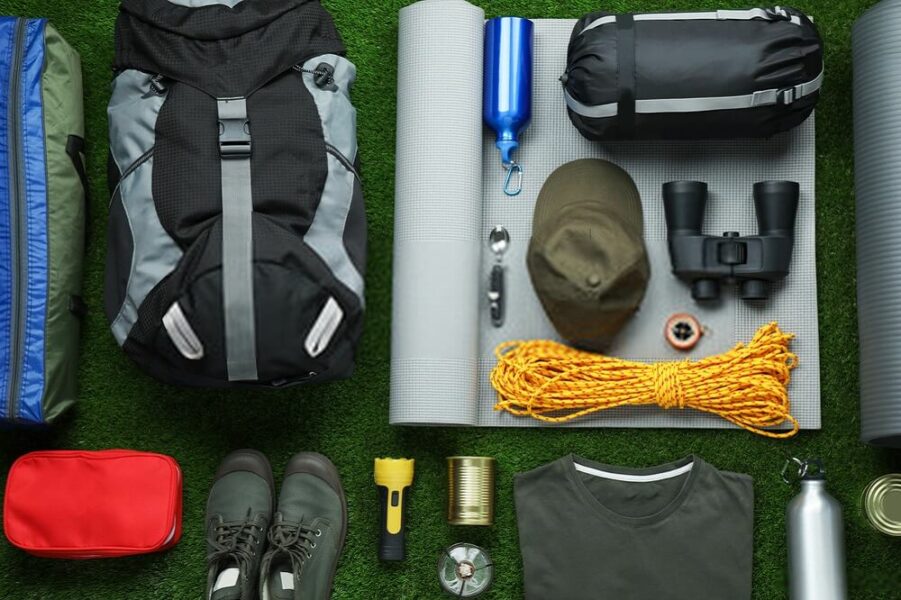
- Socks – Once again, consider the weather and take thick socks to fit your shoe types.
- Underwear – A couple of pairs of thermal underwear should be a part of your bag.
- Hat – To protect you from the sun and the cold.
- Full Sets of Clothes – Pants and shirts, depending on the climate, consider tactical clothing for ultimate preparedness.
- Waterproof Jacket – One that won’t be too heavy and would be efficient in the cold, the heat, the wind, and the rain.
- Hiking or Tactical Boots – Don’t buy uncomfortable shoes that would lead to a series of pain and bad vibes before the trip has even begun.
- Shoelaces –§k about usefulness.
Miscellaneous
There are a few items that like to be individuals and not be put in certain groups. We’re still putting them in a group, however, as we believe they complement each other in their individuality. They would be of great assistance on your journey, and that’s why we put them in the contents of the INCH bag. Let’s see what they are.
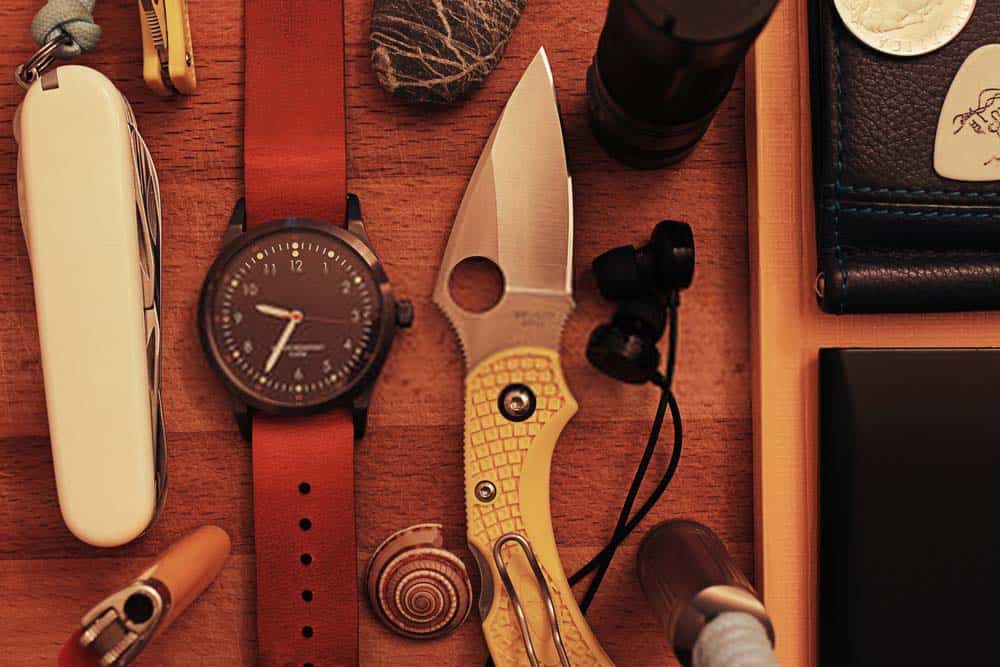
- Paracord Bracelet – You can make your own paracord bracelet and rely on a cord that you can use for a variety of tasks.
- GPS / Map / Navigation – You must know your surrounding area; however, you should rely on a navigation tool to make your journey easier. Go for a higher-quality tool that wouldn’t betray you when you need it the most.
- Multi-Tool – One that would assist you in a number of delicate situations.
- Gas Mask – Compact and dependable, you should have a gas mask in your INCH bag.
- Duct Tape – You never know what it might be useful for, make sure it’s flat.
- Sewing Kit – For clothes, sleeping bags, wounds, and others.
- Pencils and Notepad – For drawing, writing, and playing.
- Passport and Documents – To not leave your identity behind. Get a cool holder too!
- Garbage Bags – To collect your garbage.
- Zip-Seal Bags – To keep any extra food in.
- Carabiner keychain – A couple might come in handy when you least expect it.
- Radio – To stay in touch with the outside world and contact someone when needed.
- Solar or Survival Watch – Unless you can guess the time by the sun’s position.
I’m Never Coming Home Bag Essentials and Checklist
We have spoken about the contents, however, in order to make your life easier, we have created the Essential INCH Bag Checklist. Some things shouldn’t be left behind as they are extremely important for your survival. So, don’t ignore essentials simply because you think they aren’t useful. Go down the list and substitute whatever you find necessary, or simply grab everything on it. You have the freedom to adapt your INCH bag in whatever way you see fit. If you are asking yourself, “What are the essentials?” This is the list for you.
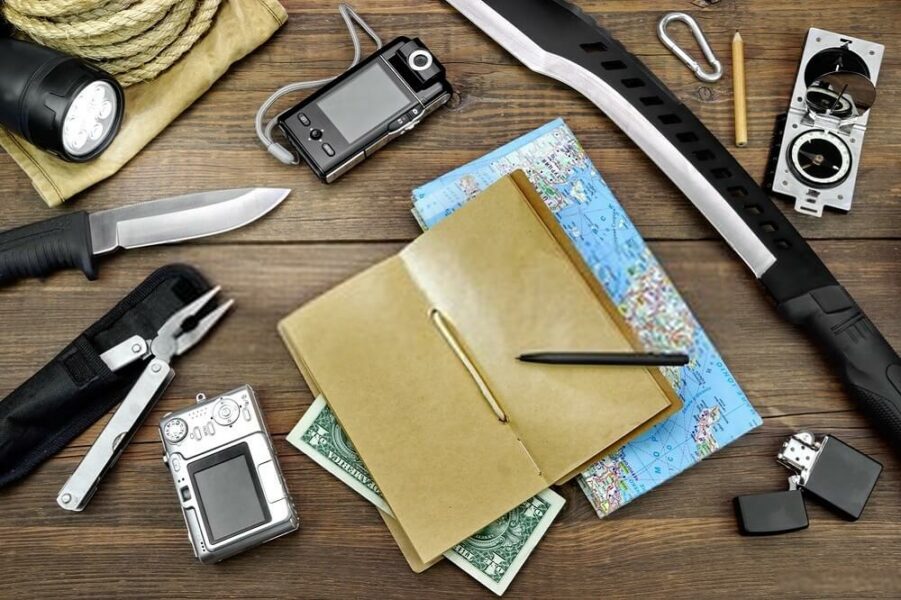
Next Steps “Cool! I know what the essentials of an INCH bag are. I know I should aim for quality materials. What do I do now?” We admit that it might seem extremely difficult to assemble everything for your bag, however, with the right mindset, it can be a fun experience. Who doesn’t love shopping?
In this next part of our article, we’ll look at the main questions you might have and the answers to them that will lead you on a smooth journey.
Frequently Asked Questions
How Much Should I Spend?
There is no set budget for an INCH bag, and as you might already know, materials could be costly. Quality is really important, and you shouldn’t rely on cheap versions as they aren’t durable and efficient. We advise buying things second-hand if you can’t afford firsthand products. There is no shame in breathing life into forgotten objects. Nevertheless, you probably won’t be spending less than a grand, so save up to be able to fill your never coming home bag.
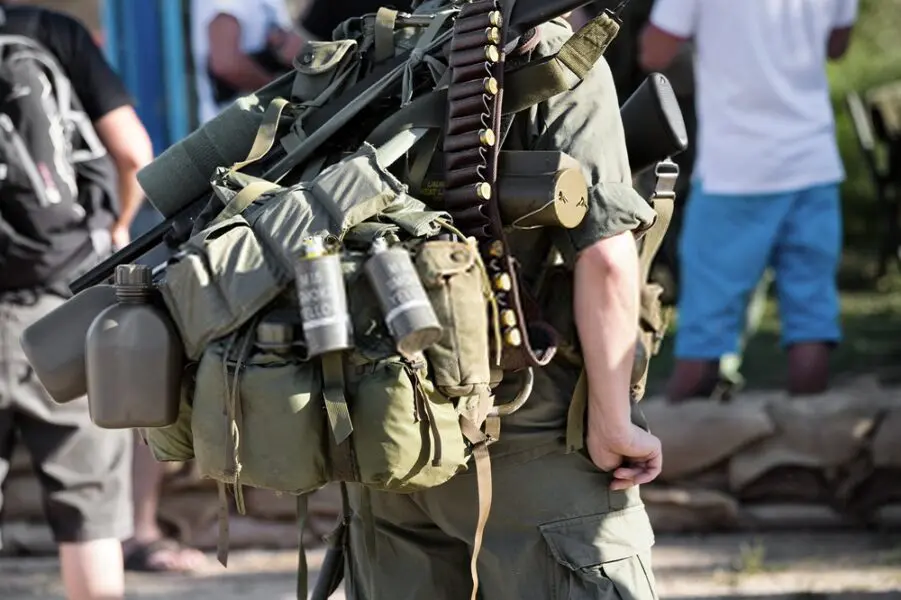
Do I Really Need One?
That is the question most people ask themselves after they realize the number of things they need to get to fill their bag. And while we understand the question, we believe every household should have an emergency preparedness sack. We are living in the 21st century, and the comfort that we have created as a society makes us forget about the power of nature. There is not one person that has lived through a natural disaster that didn’t wish they had been more prepared for the situation. Therefore, we think that since you are already reading this article, you already know that you will be preparing a sack.
How Do I Pick Out The Right Tools?
Many preparedness articles can offer over-priced survival tools. That’s why we advise you to compare a few different opinions before buying a certain product. Some expensive products are necessarily made from quality materials. If you are in doubt, you can always look at our guides on choosing the right tool. It’s not as difficult as you may think.
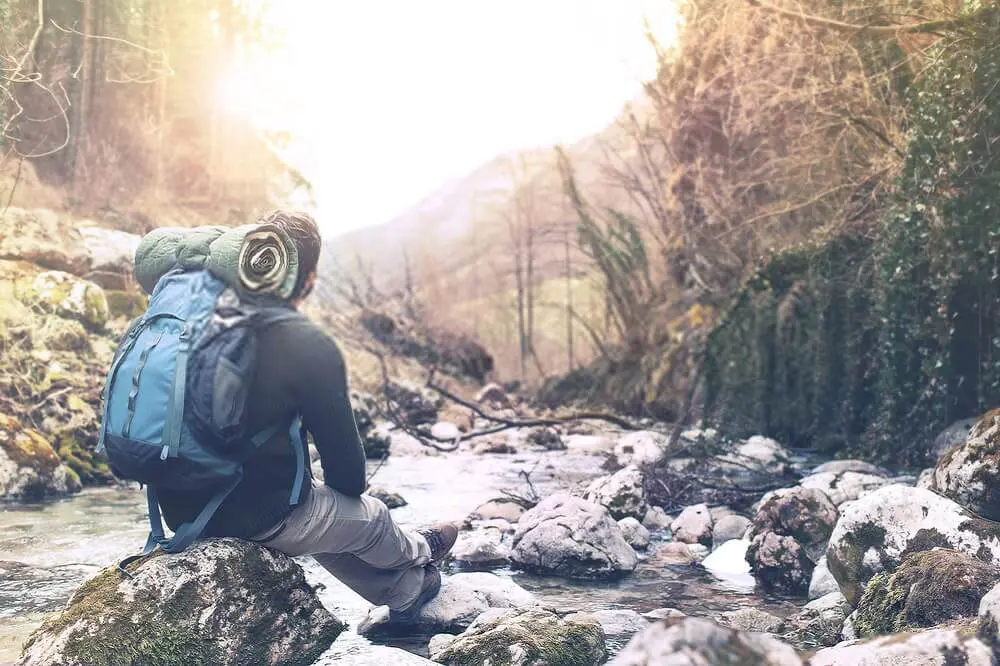
What Is The Difference Between Bug Out Bag and INCH Bag?
The most visible difference between bug-out bags and INCH bags is the weight. Never coming home bags are extremely heavy, as they are filled with materials to assist a whole household in surviving and for an undefined amount of time. Therefore, an emergency preparedness or never coming home bag is filled with highly reliable, heavy tools for any occasion. And while a bug-out bag is also full of essentials for surviving in the wilderness, it doesn’t hold many of the things you would put in a never coming home bag.
The Bug Out Bag comes in a few sizes depending on the person carrying it and the amount of preparedness desired. With the INCH bags, there is only one size – Large. Therefore, if you are carrying a never coming home bag, you will have all the gear you need, however, you won’t be able to move as quickly as you would with a Bug Out Bag.
Should I Leave Anything Behind?
Don’t rely on the idea that you will be able to grab your car and create a bag that’s too heavy to carry on your back. You never know what situation you might be in, where taking the car would be a bad idea. Furthermore, don’t think about taking any technology such as laptops, they’re heavy and not really useful in the wilderness. You could grab your phone, but there is a big possibility it wouldn’t be your most useful companion.
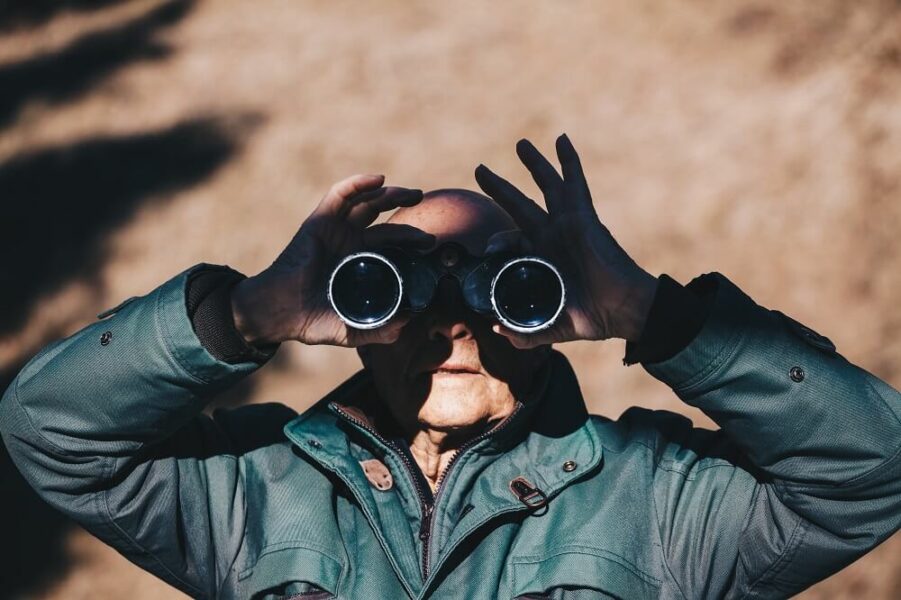
Also, don’t take too many clothes, they are bulky, and you don’t want too much space to be taken by clothes, especially If your rucksack is for your whole family. Any luxurious items such as jewelry, make-up, books, games, or anything that doesn’t have a particular use for your survival. Have A Strategy When you’re picking out your tools, be aware of what you’re picking out.
For example, if you chose a quality multi-tool that includes a few things you would need, it would make life that much easier. Don’t buy a tool that simply looks good but doesn’t do any practical work when needed. Don’t doubt everything, however, don’t jump too quickly, as you don’t want to be disappointed. Don’t Be Afraid To Personalize Your INCH Bag No matter what advice you read on the web, if you know certain tools or ways to survive, don’t dismiss them.
Put your personal touch in your bag, as it will serve you in an emergency when you need to leave your home. Therefore, even though you might hear some very good advice, always follow your gut instinct. Just remember not to be reckless and dismiss instruments that would be essential to survive.
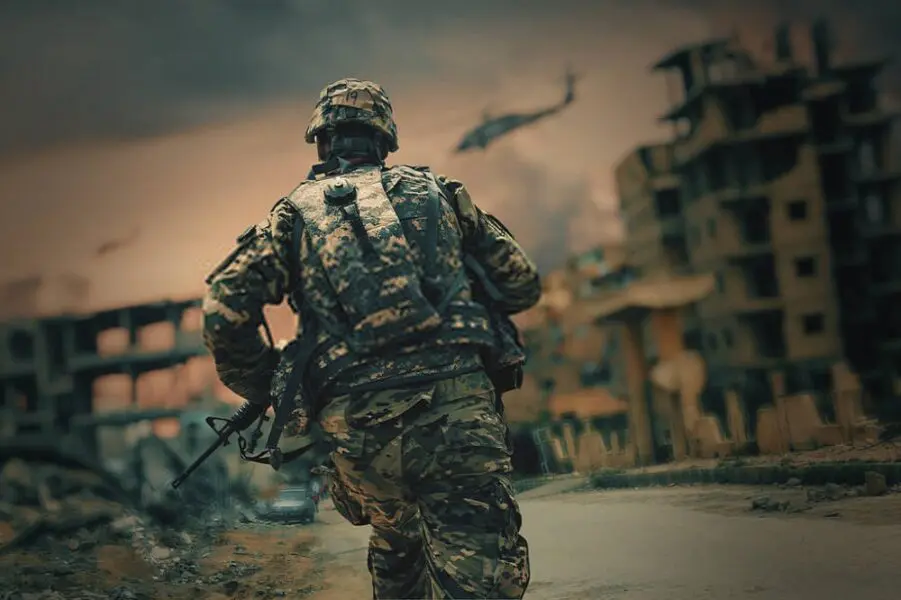
How Do I Organize My INCH Bag Effectively?
Ensure that you buy a backpack that has enough pockets and compartments to be able to organize your gear by categories. We advise separating all gear so that you wouldn’t lose time when an emergency occurs. You must be able to successfully reach anything you might need at any time of your journey. Therefore, a good idea would be to put separate gears in separate waterproof bags to ensure maximum safety for the gear. Furthermore, you could put different colored labels on separate bags to make them easier to find. What you shouldn’t do is throw everything in a pile in a huge bag or box that you wouldn’t know how to carry.
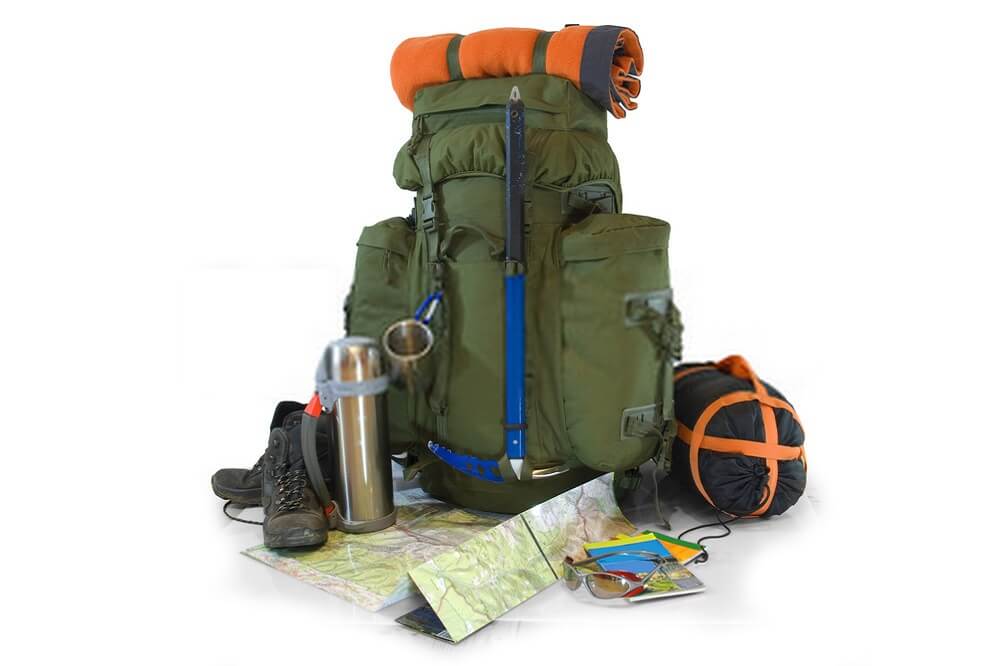
Final Words
Nobody knows your situation better than yourself, therefore, sit down for a minute and think what would be the best for you in an unexpected situation where you would have to leave your home. You cannot know the amount of time you won’t be able to go to usual everyday life, so make sure you are prepared enough to survive.
We have gone through all the essentials INCH bags should contain and what they are useful for and answered the most common questions surrounding them. Therefore, if you decide to assemble an ultimate INCH bag, you have all the knowledge you need to do so efficiently. Don’t worry too much, and try and have as much fun as you can with the task

